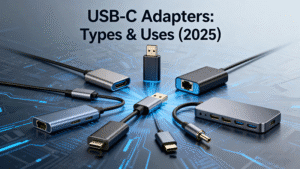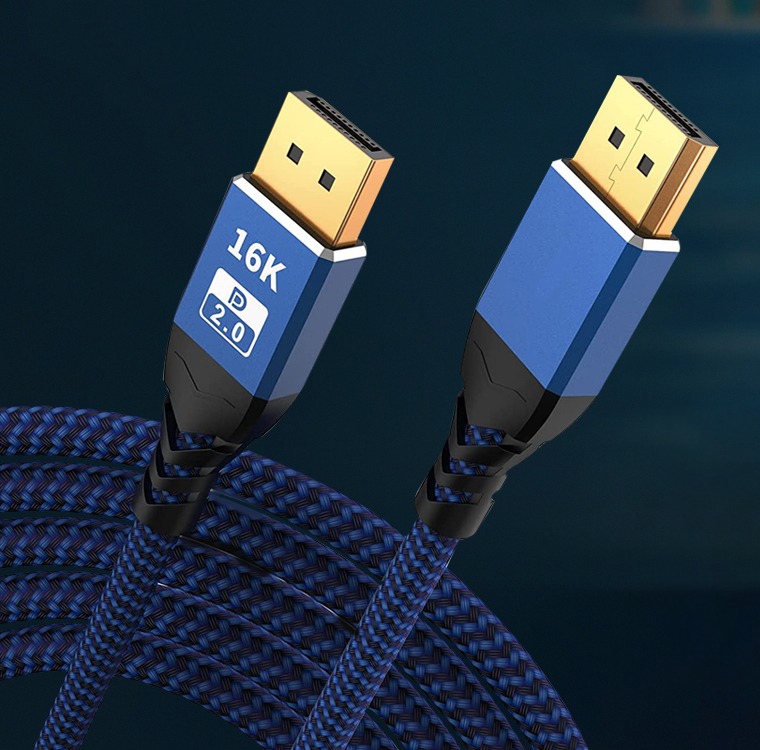Introduction
Male-to-male USB cables are used to connect two devices with USB ports directly to each other, typically for data transfer or device charging. They are commonly used for connecting devices such as smartphones, tablets, external hard drives, and cameras to a computer or other devices for file transfer or syncing.
Importance of practical uses for male-to-male USB cables
- Connecting two devices without a female USB port
- Data transfer between two devices
- Charging one device from another
- Connecting a device to a power source with a USB output 5. Creating a network connection between two devices
Connecting Devices
Connecting two computers for file transfer
syncing data between two devices, connecting a USB hub to a computer, connecting a smartphone or tablet to a computer for data transfer or charging, connecting a printer or scanner to a computer, connecting external hard drives or storage devices to a computer, connecting audio interfaces or MIDI controllers to a computer for music production, connecting gaming controllers to a computer for gaming, connecting digital cameras or camcorders to a computer for transferring photos or videos.
Connection between smartphones and computers for data transfer
connection between external hard drives and computers for file backup or transfer, connecting two computers for file sharing or data synchronization, connecting USB peripherals such as printers or scanners to a computer, connecting a MIDI controller or other music equipment to a computer for recording or playback, connecting two devices for software updates or firmware upgrades.
Charging Devices
Charging one device using another device
One practical use for male-to-male USB cables is for charging one device using another device. For example, if you have a smartphone with a low battery and no access to a power outlet or portable charger, you can use a male-to-male USB cable to connect your smartphone to another device such as a laptop or tablet that has a higher battery level. This will allow you to charge your smartphone using the power from the other device. This can be particularly useful in emergency situations or when you are on the go and need to quickly charge your device.
Powering up devices without access to a power outlet
Male-to-male USB cables are typically used to connect two USB devices together for data transfer or charging purposes.
However, they can also be used for powering up devices that have a USB power input, such as portable speakers, LED lights, or small fans, when there is no access to a power outlet.
For example, if you are out in the wilderness camping and need to charge your portable speaker, you can use a male-to-male USB cable to connect it to a power bank or another device with a USB output.
This way, you can continue to enjoy your music even when you are away from civilization. Similarly, if you are traveling and don’t have access to a power outlet to charge your phone, you can use a male-to-male USB cable to connect it to your laptop or another device with a USB output for charging.
Overall, male-to-male USB cables can come in handy in various situations where a power outlet is not readily available, allowing you to power up your devices wherever you go.
Extending Cable Lengths
Male-to-male USB cables can act as extension cords for connecting devices that are too far apart for a standard USB cable. Some practical uses for male-to-male USB cables as extension cords include:
- Connecting two devices that are located far apart, such as a computer and a printer, without having to move either device closer to each other.
- Extending the reach of a USB charging cable for your phone or other electronic devices, allowing you to charge your device from further away.
- Connecting a USB hub or other peripheral device to your computer that is located in a different area of your workspace.
- Extending the reach of a USB webcam or microphone for video conferencing or recording purposes.
- Connecting a USB keyboard or mouse to your computer when the built-in ports are located in an inconvenient location
Increasing the reach of devices in different scenarios
- Connecting two computers: Male-to-male USB cables connect two computers for file transfer or sharing resources without a network.
- Connecting devices in hard-to-reach places: A male-to-male USB cable can extend the reach of connections in hard-to-reach locations.
- Connecting peripherals: Male-to-male USB cables can be used to connect peripherals such as printers, scanners, or external hard drives to a computer. This can be helpful when the peripheral device has a short cable or is located far from the computer.
- Data transfer between devices: Male-to-male USB cables can be used to transfer data between devices such as smartphones, tablets, and cameras. This can be useful for backing up data or transferring large files quickly.
- Charging devices: Male-to-male USB cables can also be used to charge devices such as smartphones, tablets, or portable speakers. This is useful for charging multiple devices without a wall socket.
- Connecting audio devices: Some audio devices, like microphones or headphones, use USB connections. Male-to-male USB cables can be used to connect these devices to a computer for recording or playback of audio.
Common Issues and Solutions
Compatibility with different devices
- Connecting two devices with male USB ports, such as a computer and a printer, for data transfer or device charging.
- Connecting two external hard drives or flash drives for file transfer or backup purposes.
- Connecting two smartphones or tablets for file sharing or device charging.
- Connecting two gaming controllers or other peripherals to a computer or gaming console.
- Connecting a device with a male USB port to another device with a male USB port for power supply or data transfer.
- Connecting a digital camera or camcorder to a computer for transferring photos or videos.
Ensuring proper power output
- Powering external devices: Male-to-male USB cables can power external devices like portable hard drives, USB fans, and LED lights.
- Charging devices: These cables charge devices by connecting them to a power source.
- Data transfer: Male-to-male USB cables for data transfer between devices, such as camera-to-computer photo or video transfer.
- Connecting devices: These cables can connect a computer to a printer, scanner, or external monitor.
- In-car charging: Male-to-male USB cables charge devices in cars via USB port or car charger adapter.
FAQ
1.Can male-to-male USB cables be used for charging Apple devices?
It is not recommended to use a male-to-male USB cable for charging Apple devices. Apple devices require a lightning cable with USB-A and lightning connectors.Using a male-to-male USB cable may not provide the correct power output or may cause damage to the device. It is best to use the appropriate charging cable designed for Apple devices.
2.How do I know if a male-to-male USB cable is compatible with my devices?
A male-to-male USB cable is compatible if the devices have the same size and shape USB ports, such as USB-A ports.
3.Are male-to-male USB cables safe for data transfer?
Yes, male-to-male USB cables are safe for data transfer.







